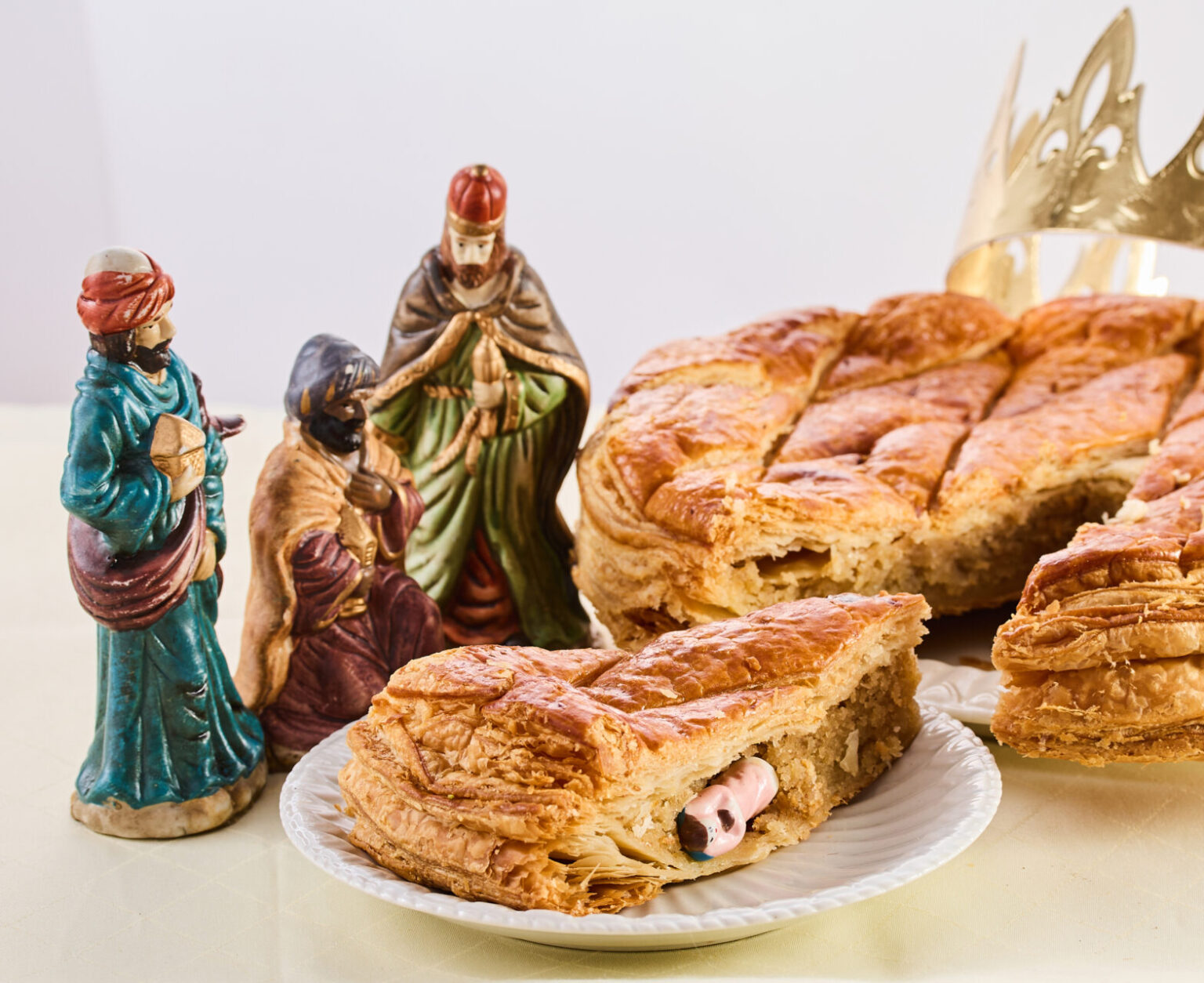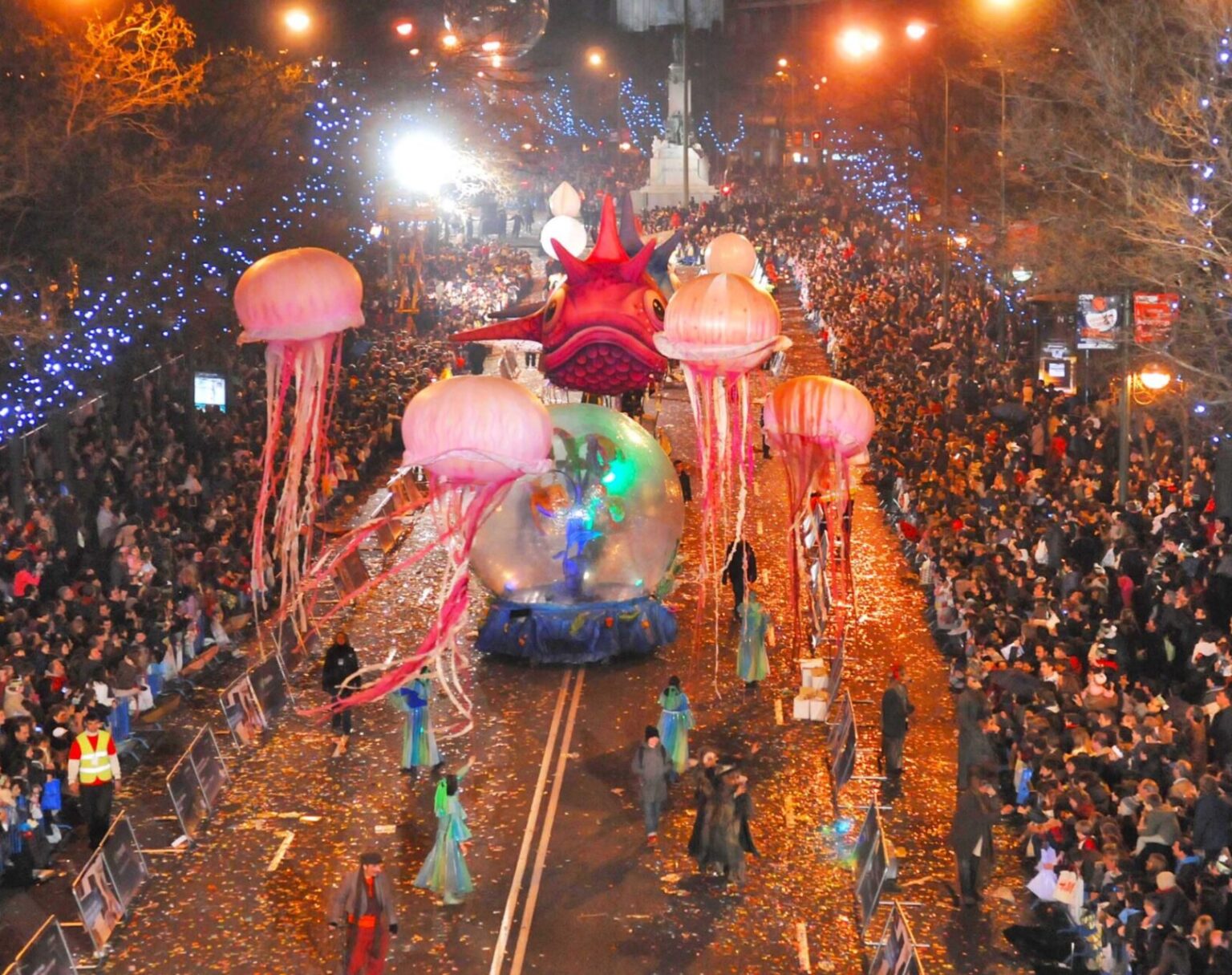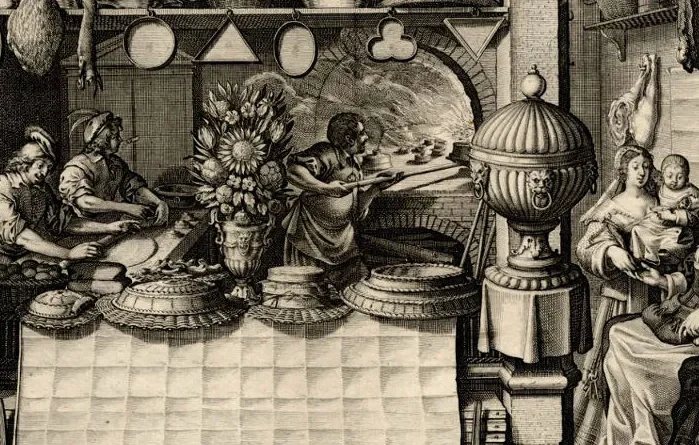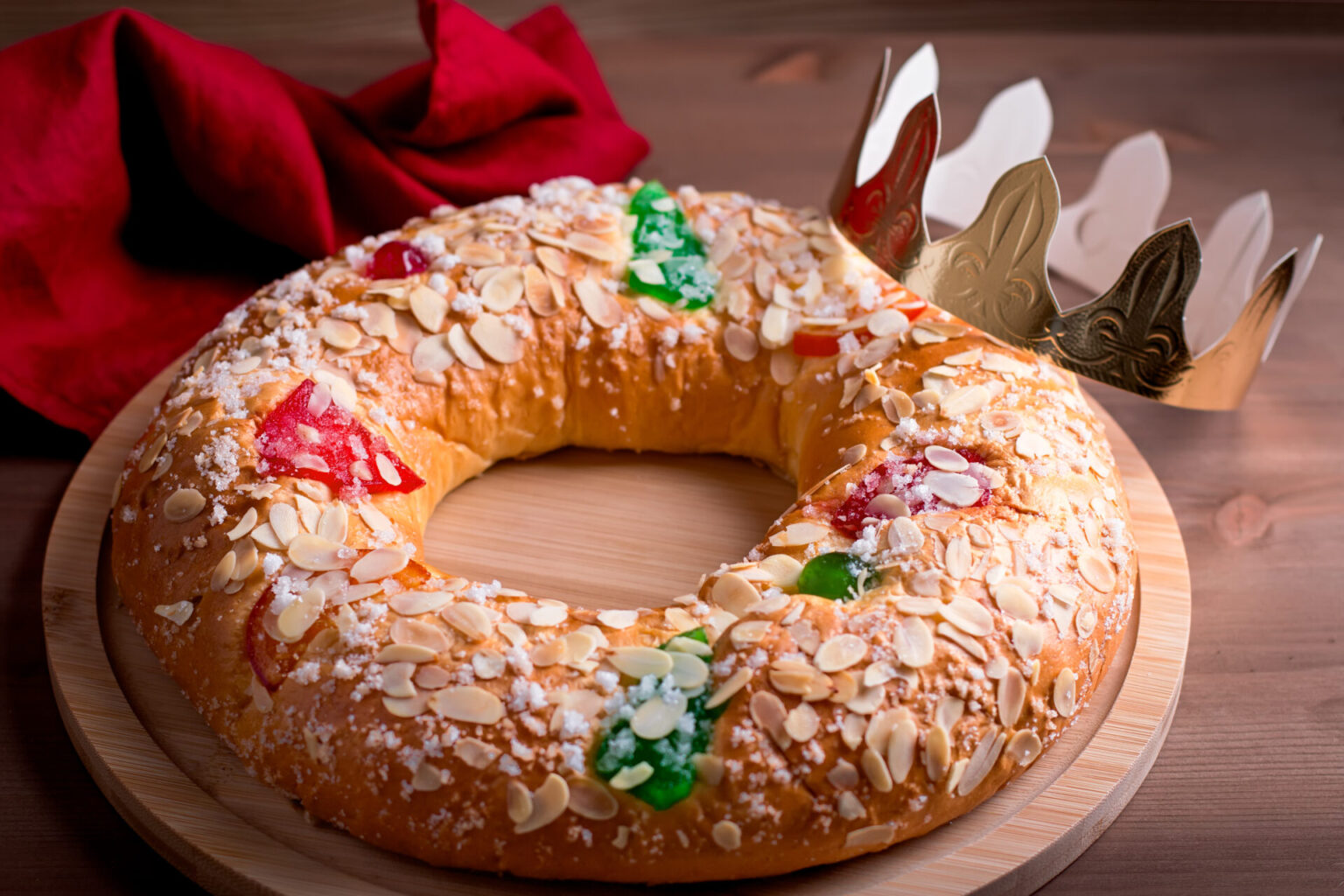The origins of Epiphany and the galette des rois
Every year, Epiphany offers us the opportunity to share a convivial moment around the famous galette des rois and its regional variants. Whether it’s made with frangipane, brioche or candied fruit, each version reflects the richness and diversity of our gastronomic heritage, around this traditional celebration imbued with age-old symbols.
Epiphany has its origins in the Christian religion, where it marks the visit of the Magi – Melchior, Gaspard and Balthazar – who came to honor the infant Jesus with precious gifts of gold, frankincense and myrrh.
Celebrated on January 6, this feast evokes the recognition of Christ’s birth and his influence beyond the borders of Israel. However, the link between Epiphany and the sharing of a cake goes back long before the Christian era, to the pagan traditions of ancient Rome.
From Saturnalia to Epiphany
During the Saturnalia, the great Roman festivals celebrating the winter solstice, a special cake was shared to mark abundance and the end of the year. These celebrations included sumptuous meals, gift exchanges and social role reversals, with slaves becoming “kings for a day”. A bean, hidden in a cake, was used to designate a temporary king, a tradition that has survived the centuries to become a key element of the modern galette des rois.
This pagan custom, full of games and social role reversals, has survived the centuries and under Christian influence has been transformed into the feast of Epiphany.
Similarly, among the Celts, festivals marking the transition from winter to spring were celebrated at this time. These rites often included food offerings and symbols linked to the sun, recalling the importance of light in these agricultural cultures.

Epiphany by country
Although the festival is universal, its expressions vary from country to country:
In Spain,
Epiphany, known as Día de los Reyes (Three Kings’ Day), is one of the most eagerly awaited days of the year. Children receive their gifts on this day, symbolizing those brought by the Magi to Jesus. Sumptuous parades, the Cabalgatas, are organized, with decorated floats carrying the Three Wise Men.
(Image: Cabalgatas de Madrid
In Italy,
the figure of the Befana, an old woman resembling a benevolent witch, distributes sweets to good children and coal to others. This tradition combines pagan and Christian beliefs.
In Orthodox countries such as Russia and Greece,
Epiphany is more closely associated with Christ’s baptism in the Jordan River. Water blessing ceremonies and processions mark this day, reflecting the importance of water as a symbol of purification and life.

Jesus’ coming into the world
With the rise of Christianity, Epiphany was instituted to commemorate the manifestation of Jesus to the world. In the Gospel according to Matthew, the Magi from the East, guided by a star, travel to Bethlehem to adore the infant Jesus. They offer him gifts rich in symbolism:
Gold, a symbol of royalty, recognizes Jesus as king.
Frankincense, used in religious rites, affirms his divinity.
Myrrh, a resin used for embalming, prefigures his sacrifice and death.
Although the Gospel does not specify the number or names of these Magi, Christian tradition has identified them as three kings: Melchior, Gaspard and Balthazar, representing respectively Europe, Asia and Africa, the three continents known at the time. These figures embody the universality of Jesus’ message, accessible to all nations.
The evolution of the feast of the Epiphany
From the Middle Ages onwards, Epiphany incorporated popular traditions that varied from region to region. In France, the custom of “pulling the kings” appeared in the XIVᵉ century. This practice involves sharing a galette containing a bean. Whoever finds the bean becomes king or queen for the day. In some regions, a “poor man’s share” was added and reserved for the first needy person to come forward.

The bean, a collector's item
Originally, the bean was a simple bean, discreetly slipped into the cake to designate the king or queen for the day. But over time, this modest symbol was transformed into a veritable objet d’art.
As early as the XIXᵉ century, bakers replaced the vegetable bean with porcelain figurines, paving the way for a new tradition that would appeal to lovers of originality and refinement.
These small, delicate pieces, often made by hand, are available in an incredible variety of themes and styles, reflecting both the spirit of the times and the imagination of the craftsmen.
Historical characters, animals, iconic monuments, fairytale heroes or even creations inspired by great artists: each collection tells a story and celebrates a specific universe.
Some bakeries and pastry shops even offer limited-edition beans, turning each galette into a real treasure hunt.
The world of fava beans has given rise to a curious community: fabophiles. For these collectors, the bean is a piece of heritage, a miniature work of art to be preserved and displayed.
Some of these are rare, such as precious metal editions or unique ceramic creations signed by renowned artists, which can fetch impressive prices at auction or in collectors’ circles.
Prestigious houses are vying with each other in their inventiveness to seduce connoisseurs. Some include beans in the shape of small gold ingots, or offer exclusive series in collaboration with famous brands or designers.
Produced in limited quantities, they undoubtedly arouse curiosity and desire, and often boost sales. In fact, the bean, once a humble bean on the bangs of pagan and then Christian celebrations, has also become the fruit of marketing in the garb of grace.

Why can’t the President of the Republic have a bean?
A curious anecdote surrounds the presidential galette des rois. Every year, French bakers offer a giant galette to the Élysée Palace, but it’s always devoid of beans.
The reason? It would be inappropriate for the head of state to become “king” for a day.
This tradition illustrates the concern for protocol linked to republican neutrality and symbolic equality.

Galette or brioche? A question of region
The frangipane galette des rois dominates in the north of France, but in the south, it’s the brioche des rois that’s shared. This crown-shaped dessert is sprinkled with candied fruit and pearl sugar, reminiscent of the jewels in a crown. This regional distinction reflects local culinary influences: the buttery richness of the north contrasts with the lightness of southern flavors. These traditions endure, often giving rise to passionate debate between regions.
A tradition that crosses borders
While Epiphany is particularly well known in France, it is also celebrated elsewhere, with equally tasty variations. In Spain, “Roscón de Reyes” resembles the brioche des rois, while in Switzerland, “Dreikönigskuchen” is a sweet bread in the shape of a flower. These different interpretations underline the festival’s European origins and its ability to bring epicureans together. Whether you prefer frangipane galettes, brioche des rois or even Alsatian tourte des rois, the most important thing is to share this moment of conviviality and indulgence.

